Shop Genuine Honda Accessories
Designed and approved by the same engineers that created your Honda Power Equipment, you can be confident that Honda Genuine Accessories are made to work great to deliver premium performance and reliability. Discover the many ways you can enhance your Honda Power Equipment experience with individual or packaged accessories crafted to give you the additional comfort, convenience, and performance you need.
Generators
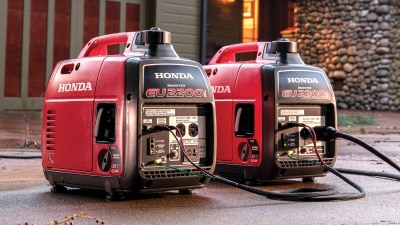
Home & Recreation
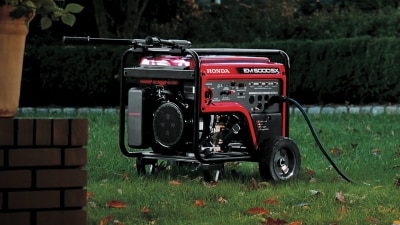
Work & Industrial
Lawn Mowers
Handhelds

Trimmers & Brush Cutters
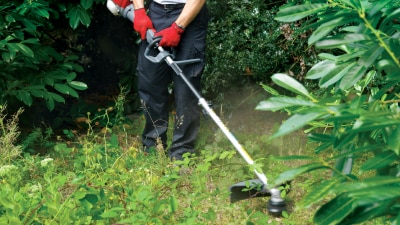
VersAttach™ System Powerheads
Tillers
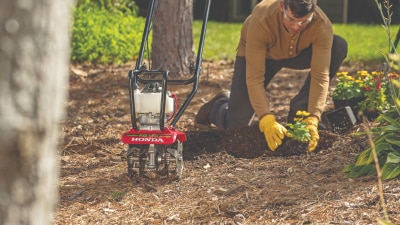
Gardening
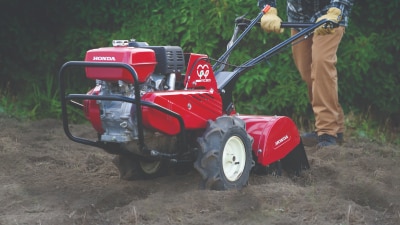
Ground Breaking
Pumps
Snowblowers
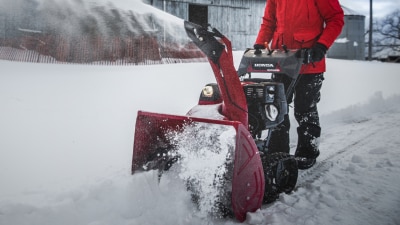
Dual Stage
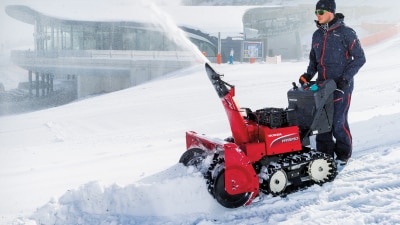
Hybrid

Home & Recreation











